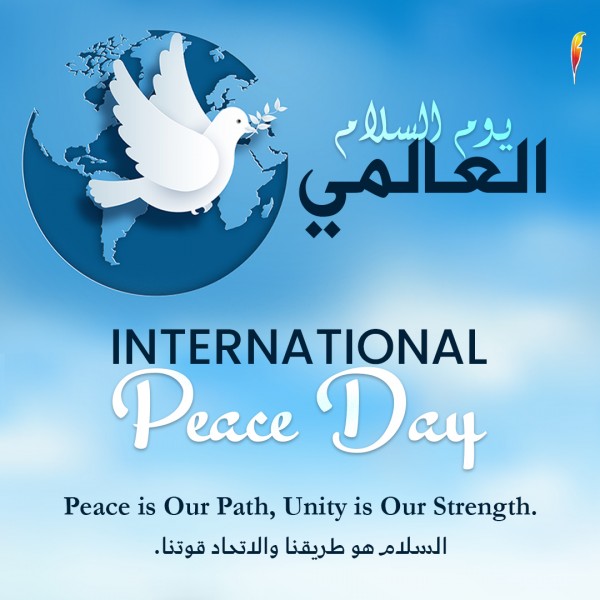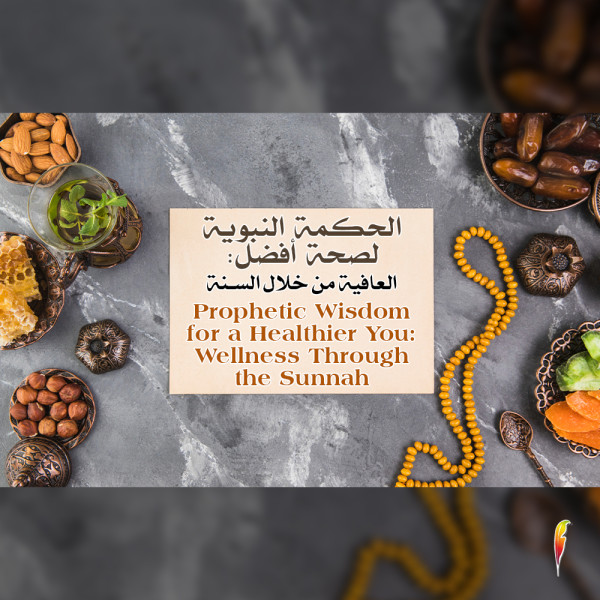
International Day of Peace
Every year on September 21st, the world celebrates International Day of Peace, a historic occasion dedicated to promoting global harmony, tolerance, and understanding. Established by the United Nations in 1981, this day serves as a powerful reminder of our collective responsibility towards world peace and resolving conflicts.
The Origins and Evolution of the International Day of Peace
International Day of Peace was first celebrated in 1982 to honor and strengthen the ideals of peace both within and among nations. Its origins lie in the growing recognition of the need for global cooperation to address the countless challenges of the modern world. The day was established by the UN General Assembly, reflecting the collective ambition of member states to promote peace as a fundamental human right.
Over the decades, the observance of International Day of Peace has evolved to encompass various themes and initiatives. Each year, the UN designates a specific theme that highlights pressing global issues and encourages focused action. Themes have ranged from disarmament and conflict resolution to climate action and social justice, reflecting the dynamic nature of global peace efforts.
The Pillars of Peace: Education, Dialogue, and Action
1. Education for Peace: A Foundation for Change
Education for peace is a cornerstone of peacebuilding, providing individuals with the knowledge and skills necessary to contribute to a more just and equitable world. International Day of Peace emphasizes the importance of educational initiatives that promote understanding, acceptance, and non-violence. Schools and universities play a crucial role in fostering a culture of peace by integrating peace studies into their programs and encouraging critical thinking about global issues.
Educational programs on this day often include workshops, seminars, and interactive activities designed to engage students in discussions about conflict resolution, human rights, and global citizenship. By empowering the next generation with the tools to address complex challenges, we can create a ripple effect of positive change that extends far beyond the classroom.
In addition to formal education, lifelong learning opportunities are essential for fostering a culture of peace. Public awareness campaigns, community education programs, and online resources provide individuals of all ages with the chance to learn about peacebuilding and engage in meaningful dialogue. By promoting a culture of continuous learning, we can encourage individuals to remain informed and actively participate in efforts to build a more peaceful world.
2. Dialogue: Bridging Divides and Building Understanding
Dialogue is a powerful tool for bridging splits and fostering mutual understanding. International Day of Peace encourages individuals, communities, and nations to engage in open and respectful conversations about conflicts, differences, and shared values. Dialogue provides a platform for diverse voices to be heard, promoting empathy and cooperation across cultural and ideological boundaries.
Community dialogue forums and interfaith gatherings are common ways to promote understanding and cooperation on this day. These events offer opportunities for individuals from different backgrounds to come together, share experiences, and work towards common goals. By fostering an environment of honesty and respect, dialogue can help address misunderstandings, resolve conflicts, and build lasting relationships based on trust and mutual respect.
Moreover, dialogue extends beyond face-to-face interactions to include digital platforms and social media. Online forums, blogs, and virtual discussions provide spaces for people from around the world to connect, exchange ideas, and collaborate on peacebuilding initiatives. By leveraging technology to facilitate dialogue, we can reach a global audience and foster a sense of solidarity and shared purpose.
3. Action: Turning Words into Deeds
While awareness and dialogue are crucial, translating these efforts into tangible actions is essential for achieving lasting peace. International Day of Peace calls for concrete steps to address conflicts, support humanitarian efforts, and promote social justice. Individuals and organizations are encouraged to participate in or organize events and initiatives that contribute to peacebuilding and conflict resolution.
Volunteerism is one of the most effective ways to make a difference. Whether through local community service, humanitarian aid, or advocacy work, volunteering provides opportunities to support peace efforts and contribute to positive change. By dedicating time and resources to causes that promote justice and equality, individuals can play a crucial role in advancing the goals of the International Day of Peace.
In addition to direct action, supporting policies and initiatives that promote peace is vital. Advocating for human rights, environmental sustainability, and social equity can help address the root causes of conflict and contribute to a more peaceful world. By engaging in policy discussions, supporting peace-focused organizations, and raising awareness about global issues, individuals can amplify their impact and contribute to systemic change.
Personal Reflections and Actions to Foster Peace
On International Day of Peace, it’s important to reflect on our role in promoting peace and consider how we can contribute to a more harmonious world. This reflection involves examining our attitudes, behaviors, and actions and identifying areas where we can make a positive impact.
1. Cultivating Inner Peace
Peace begins within ourselves. Cultivating inner peace through practices such as mindfulness, meditation, and self-reflection can help us manage stress, build resilience, and approach conflicts with a calm and compassionate mindset. By nurturing our sense of tranquility, we can better contribute to peaceful interactions with others and create a ripple effect of positivity.
2. Promoting Peace in Everyday Interactions
Everyday interactions provide opportunities to promote peace and understanding. Simple acts of kindness, empathy, and respect can have a profound impact on our relationships and communities. By actively listening to others, valuing diverse perspectives, and addressing conflicts with a spirit of collaboration, we can contribute to a culture of peace in our daily lives.
3. Advocating for Change
Advocacy is a powerful tool for driving systemic change and addressing global challenges. By raising awareness about important issues, supporting peace-focused initiatives, and engaging in advocacy efforts, we can help address the root causes of conflict and promote a more just and equitable world. Advocacy can take many forms, from participating in grassroots movements to supporting policy changes and engaging in public discourse.
Conclusion: Embracing the Spirit of Peace
International Day of Peace is a reminder of the power of collective action and the importance of fostering a culture of peace. By reflecting on the significance of peace, engaging in dialogue and education, and taking concrete actions, we can contribute to a more harmonious and just world. As we celebrate this day, let us embrace the spirit of peace and commit to making a positive impact in our communities and beyond.
In a world often marked by division and conflict, the International Day of Peace offers a hopeful vision of unity and understanding. By coming together to promote peace, we can build a future where every person has the opportunity to live with dignity, security, and hope. As we mark this important occasion, let us remember that peace is not just a distant ideal but a tangible goal that we can achieve through our collective efforts and unwavering commitment.
Together, we can turn the ideals of the International Day of Peace into a reality, creating a world where harmony and understanding thrive. Let this day serve as a call to action and a source of inspiration as we work towards a brighter, more peaceful future for all.
Connect with Austin Macauley Publishers for more such blogs, and submit your manuscript if you want to publish your work. You can also make a quick and easy submission through the online submission form. You can stay updated with our new releases and activities by joining our family of authors and readers on Facebook, Twitter, and Instagram.



